Boom Supersonic has announced a public design contest, inviting participants to help create a livery for its upcoming Overture aircraft. The contest ends on August 26 and offers a chance for aviation enthusiasts to contribute creatively. Winners will receive a 1:125-scale model of the Overture and a fully rendered image of their design.
Livery is defined as the plane’s paint scheme. In your design, you’ll develop the aircraft’s colors, graphics, imagery, and insignia.
While the contest is a fun way to engage the public, it raises questions about what Boom’s supersonic ambitions mean specifically for Hawaii.


Supersonic Travel: A Boon or Burden for Hawaii?
For Hawaii, where tourism is the backbone of our travel economy, the promise of supersonic flights that could dramatically shorten travel times to and from the mainland is intriguing. Imagine a flight from Los Angeles to Honolulu in under three hours. Such a development could potentially increase visitor access, reduce travel fatigue, and make Hawaii even more accessible to global tourists beyond the West Coast.
However, the flip side of this technological marvel is, among other things, the environmental impact. Hawaii is uniquely vulnerable to climate change, with rising sea levels and fragile ecosystems already under threat. Supersonic travel has historically been associated with higher fuel consumption and greater carbon emissions, raising concerns about whether these flights could exacerbate Hawaii’s environmental challenges. Despite Boom’s commitment to using sustainable aviation fuel, many in Hawaii question whether the benefits of faster travel outweigh the potential environmental costs.
Financial accessibility: who will benefit from Boom?
Another critical question for Hawaii is who will actually benefit from the return of supersonic travel. Historically, supersonic flights have been a luxury reserved for the wealthy, and there’s little indication that this will change with Boom’s Overture. If tickets are priced as predicted, well above standard first-class airfares, this new mode of travel may only be accessible to a small elite population segment. This could limit the economic benefits that Hawaii might otherwise gain from increased tourist traffic.
For residents, the introduction of supersonic flights may also feel distant—more of a novelty for affluent tourists than a practical option for those living in the islands. The economic divide this could create is another noteworthy aspect to consider as Boom continues to push its agenda forward.
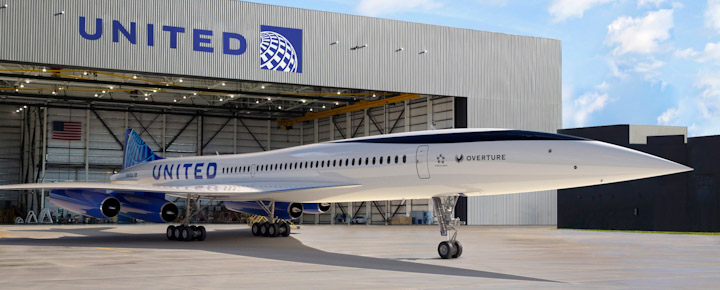

Hawaii’s role in the Boom supersonic debate.
As Boom Supersonic continues to court public interest with initiatives like this new design contest, Hawaii will remain at the forefront of the conversation. The islands stand to be directly affected by the environmental and economic implications of supersonic travel, making it all the more important for stakeholders, including residents, policymakers, businesses, and visitors, to weigh in on these developments.
Will the benefits of shorter flight times and increased tourism outweigh the environmental risks and economic inequalities? Or is the return of supersonic travel more of a leap in the wrong direction for a state that prides itself on sustainability and community?
Boom’s design contest might be an amusing distraction, or it can also serve as a reminder that the future of supersonic travel must be carefully considered, especially in places like Hawaii, where the stakes are high.
For more on how Boom Supersonic’s plans could impact Hawaii travel, check these out:
- Boom Supersonic’s Groundbreaking News To Transform Hawaii Travel.
- Hawaii Flights’ Future: Boom Supersonic FAA Green-Lighted Above Mach 1.
- Hawaii Supersonic Flight Renaissance | Boom Overture Catapult.
- Hawaii-Bound Supersonic Aircraft Soars In Test Flight.
Please share your thoughts about Boom SST to Hawaii.
Get Breaking Hawaii Travel News
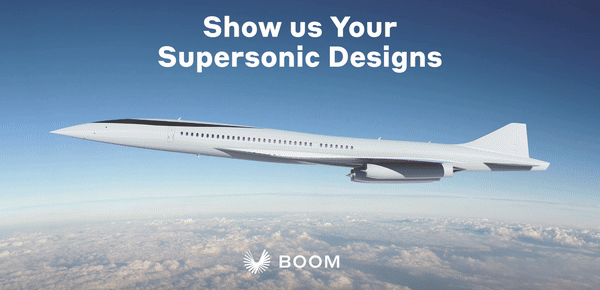
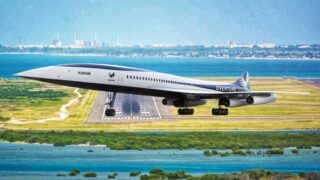
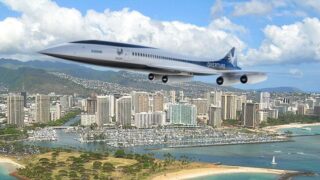
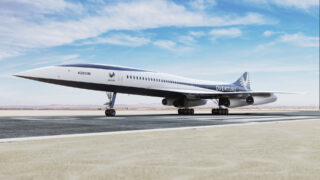


Sounds like it’s going to be worse for the environment. Like the idea of having a shorter flight. But not at the expense of the islands overall health.
We lived on Mau’i during the 90s when there was a roiling debate about lengthening the runways to allow longer longer haul aircraft types to directly serve the mainland. It was not uncommon for a widebody flight to make a fuel stop on O’ahu during the return to N America. Because of the Mau’i runway lengths, too short , and fuel loads required for that era of aircraft technology and certificates.
Today, the advance in aircraft technology has completely changed that math and runway debate. What could this do to the current debates about air service in the Hawai’i market? SW seating and such are predominantly driven by the aircraft capacity an costs. Very interesting article, mahalo BOH🤙🤙🤙
Count me out. If I am going to spend big dollars on a first class airfare I want to be pampered for 6 hours and enjoy the flight experience.
I’m retired I have plenty of time.
On the other hand, if I had to travel to the mainland on a weekly or bimonthly basis and money was no object I could see the draw.
Looking forward to the new travel experiences that HA/AS will offer.